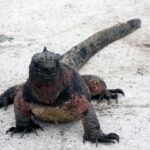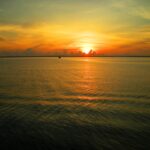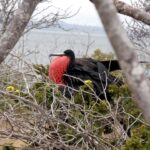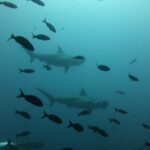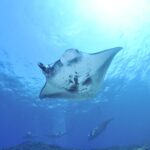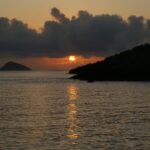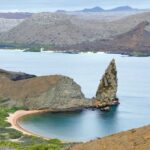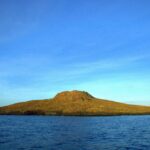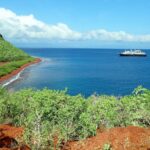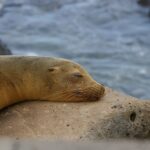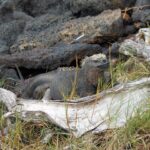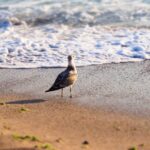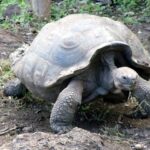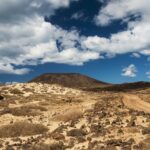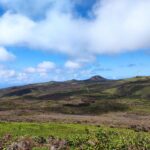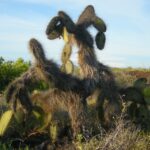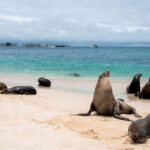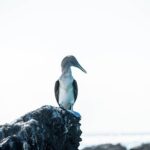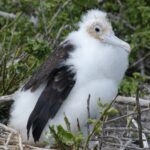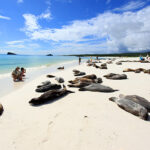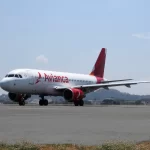Genovesa
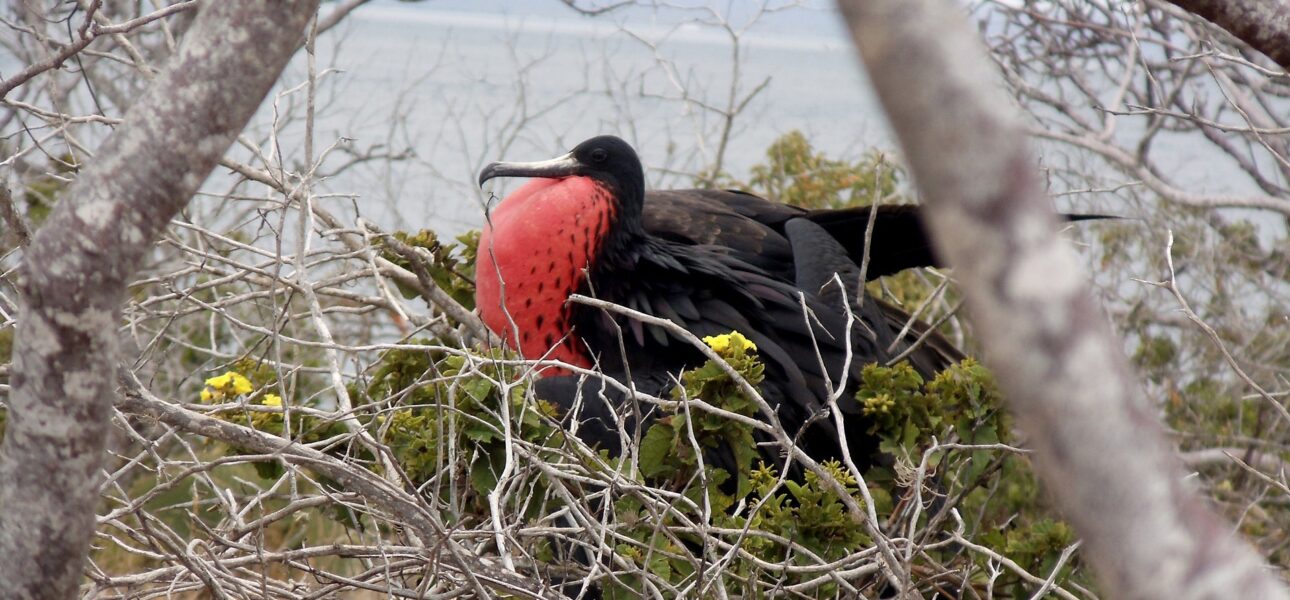
Genovesa Island: Galapagos’ Avian Sanctuary of Seabird Spectacles
In the northeastern realm of the Galapagos archipelago, Genovesa Island emerges as a sanctuary for seabirds, offering a breathtaking display of avian life against a backdrop of unique geological formations. In this chapter of our Galapagos Islands series, let’s explore the avian wonders of Genovesa, where frigatebirds, boobies, and other seabirds create a captivating symphony of flight and nesting activities.
Geography and Landscape
Genovesa, also known as Tower Island, is a horseshoe-shaped volcanic island with a submerged caldera that formed millions of years ago. The island’s unique geography includes steep cliffs, rocky outcrops, and a diverse range of habitats that serve as nesting sites for an abundance of seabird species.
Birdlife
Red-Footed and Nazca Boobies
Genovesa is home to large colonies of both red-footed and Nazca boobies. Witness the comical courtship displays and distinctive nesting behaviors of these iconic seabirds as they raise their young in the rocky cliffs and flat expanses.
Frigatebirds
The skies above Genovesa are adorned with the aerial acrobatics of magnificent and great frigatebirds. Observe these majestic birds as they soar overhead, displaying their impressive wingspans and distinctive throat pouches during the breeding season.
Swallow-Tailed Gulls and Terns
Genovesa hosts colonies of swallow-tailed gulls and various tern species. The island’s rocky terrain provides ideal nesting spots, and visitors can observe these elegant birds in their natural habitats.
Short-Eared Owls
Genovesa is one of the few places in the Galapagos where visitors can spot short-eared owls. These nocturnal predators can be observed during the day, roosting on the ground or hunting for prey.
Activities
Prince Philip’s Steps Hike
Embark on a hike up Prince Philip’s Steps, a trail that leads to the top of a cliff on Genovesa. Enjoy panoramic views of the island and its diverse birdlife, including the opportunity to observe nesting seabirds up close.
Darwin Bay Exploration
Darwin Bay, a pristine sandy beach, provides an opportunity for a leisurely stroll and close encounters with seabirds. The beach is surrounded by mangroves, offering a chance to spot other wildlife, including lava gulls and sea lions.
Snorkeling in Darwin Bay
The waters around Genovesa offer excellent snorkeling opportunities. Explore the underwater world, encountering colorful fish, rays, and perhaps even sea lions in the crystal-clear waters.
Conservation Significance
Genovesa Island is part of the Galapagos National Park and the Galapagos Marine Reserve, both UNESCO World Heritage Sites. Conservation efforts are critical to preserving the unique ecosystems and protecting the island’s diverse seabird populations.
Conclusion
Genovesa Island, with its rich avian biodiversity and unique geological features, offers a captivating experience for nature enthusiasts. Whether you’re observing the courtship dances of boobies, marveling at the aerial displays of frigatebirds, or encountering short-eared owls in their natural habitat, Genovesa invites you to witness the beauty of the Galapagos’ avian sanctuary. Let this island be a cherished chapter in your Galapagos journey, where the skies and cliffs come alive with the symphony of seabird spectacles, creating an unforgettable connection to the natural wonders of this archipelago.
Explore the Galapagos Islands
Find out all about the different Galapagos islands and what makes them so special!

